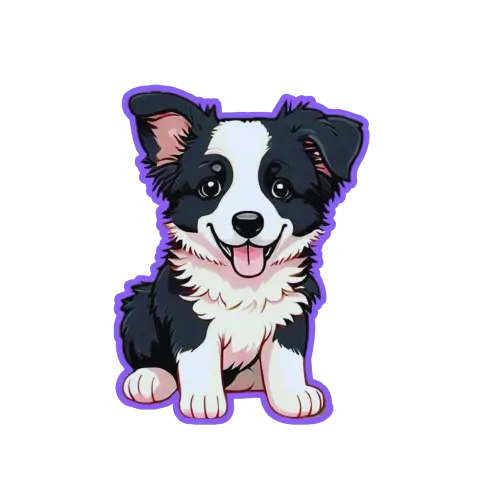Introduction
Have you ever noticed your furry friend giving you the paw? You know, when they gently place their paw on your leg or hand, as if to say “Hey, I’m here for you!” It’s a sweet gesture that can melt hearts and make us feel like we’re part of a special pack. But have you ever wondered why dogs put their paws on us in the first place? Is it just a random act of canine kindness, or is there more to it?
Understanding canine behavior and body language is crucial for building a strong bond with your dog. By decoding their paw signals, you can better comprehend what they’re trying to communicate and strengthen your relationship.
Why Dogs Put Their Paws On Us
Affection and Bonding
When dogs put their paws on us, it’s often a sign of affection and bonding. They may be seeking physical contact or simply wanting to be near us. This behavior is often accompanied by other signs of affection, such as licking, nuzzling, or even giving a gentle nip on the hand.
Comfort and Trust
Paw contact can also be a way for dogs to feel comforted and trusting around their humans. For some breeds, paw contact may be a way to release tension or anxiety, much like we might take deep breaths to calm ourselves. By recognizing these subtle cues, you can help your dog feel more at ease and build a stronger bond.
Attention-Seeking
Let’s face it – dogs can be attention-seekers! Sometimes, paw contact is just a way for them to get your attention or interrupt what you’re doing. If your dog is constantly pawing at you, it may be worth exploring other ways to interact with them, like playing fetch or going for a walk.
Paw Signals: What Do They Mean?
Paw Touch: A Sign of Affection
When dogs touch paws with us, it’s often a sign of affection. The way they touch can convey different levels of enthusiasm and affection. For example:
- Gentle touches: Your dog might be showing gentle affection and seeking comfort.
- Firm grips: This could indicate more intense affection or even a desire for playtime.
- Tapping: Your dog may be trying to initiate interaction or get your attention.
Trust and Comfort: When Dogs Use Their Paws
Paw contact can also be a sign of trust and comfort. Dogs may use their paws to:
- Scent mark: By rubbing their face on you, they’re leaving their scent behind and claiming ownership.
- Groom: Your dog might be using paw contact as a way to groom or clean you, which is a natural behavior for them.
Attention-Seeking: Paw Contact as a Distraction
If your dog is constantly pawing at you, it may be worth exploring other ways to interact with them. By redirecting their attention, you can help them develop more constructive behaviors and reduce unwanted paw-ing.
The Psychology Behind Paw Contact:
Canine Communication: Understanding Dog Language
Dogs communicate in a unique way that’s different from human language. They use body language, vocal cues, and even scent marking to convey their emotions and needs. By understanding these subtleties, you can better decode your dog’s paw signals.
Human-Dog Bonding: The Power of Touch
Touch is a powerful tool for bonding with your dog. Paw contact can release oxytocin, the “love hormone,” which strengthens the bond between humans and dogs. By recognizing the language of paws, you can deepen your connection and build trust with your furry friend.
Conclusion
Paw contact is just one aspect of canine communication that can reveal a lot about our furry friends’ behavior and emotions. By decoding their paw signals, you can better understand what they’re trying to communicate and strengthen your bond. Remember to consider context, tone, and posture when interpreting dog behavior – it’s all part of the fascinating world of canine language!
For more specific advice tailored to your pet and situation, be sure to check with your local veterinarian!
